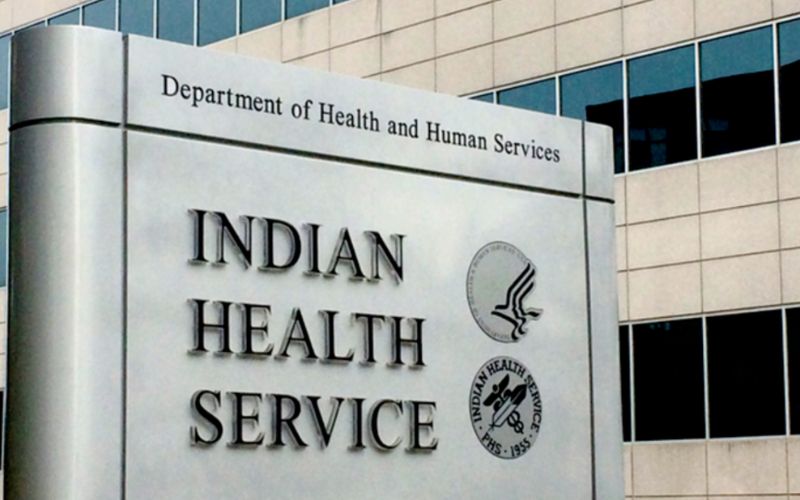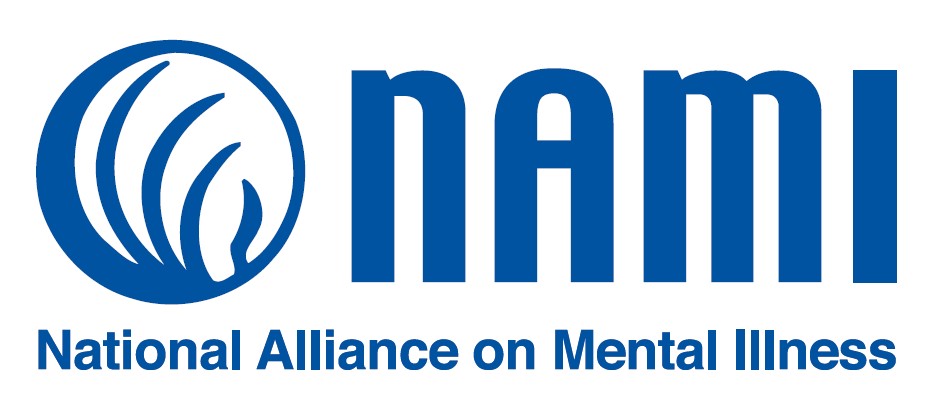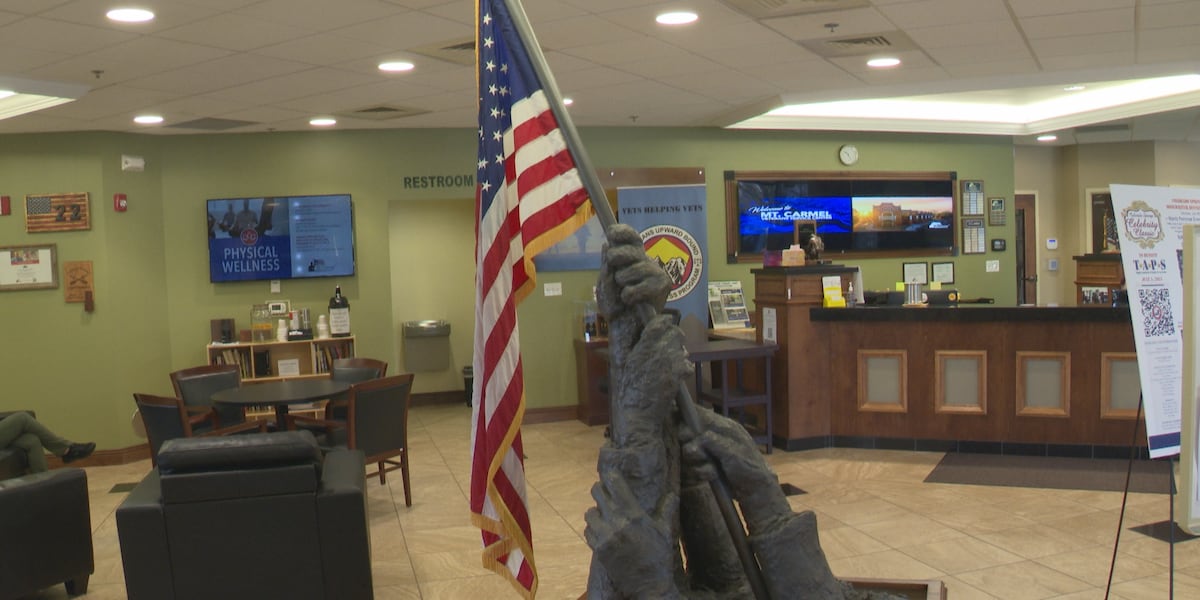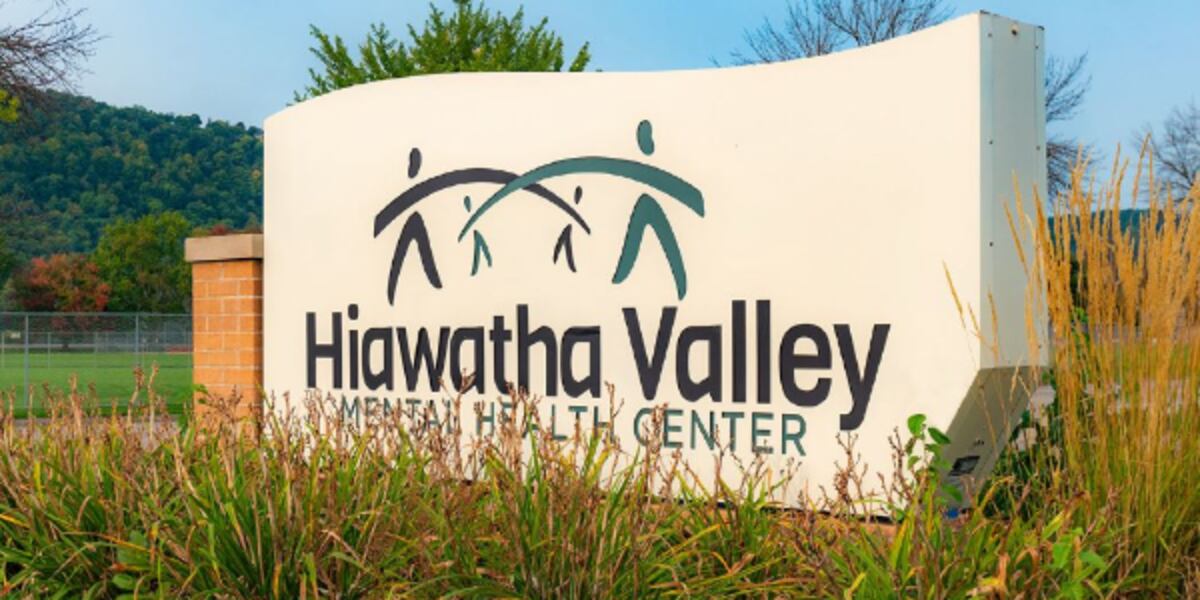Trump's FY2026 Budget: What it Means for Healthcare in Native American Communities

A Closer Look at the Proposed Budget for Indian Country Healthcare
The Trump Administration recently unveiled its Fiscal Year 2026 President's Budget, a document outlining proposed spending priorities for the upcoming year. A key area of interest, particularly for Native American communities, is the allocation of funds for healthcare services within Indian Country. This budget, detailed in the Department of Health and Human Services Budget in Brief, presents a complex picture with potential implications for access to care and the overall health and wellbeing of tribal populations.
Understanding the Context: Indian Health Service and its Challenges
The Indian Health Service (IHS) is the primary federal agency responsible for providing healthcare to federally recognized Native American and Alaska Native tribes. However, the IHS has historically faced significant challenges, including chronic underfunding, staffing shortages, and outdated infrastructure. These issues have resulted in disparities in health outcomes compared to the general US population, with Native Americans experiencing higher rates of chronic diseases, substance abuse, and premature mortality.
Key Proposals in the FY2026 Budget
While the full details of the budget are still being analyzed, initial reports suggest potential shifts in funding priorities for the IHS. Specific areas of concern include:
- Potential Funding Cuts: Early indications point to possible reductions in discretionary funding for the IHS, which could exacerbate existing challenges and limit the agency's ability to meet the healthcare needs of tribal communities.
- Emphasis on Tribal Self-Governance: The budget appears to prioritize increased tribal self-governance in healthcare delivery. While this approach has the potential to empower tribes and tailor services to their specific needs, concerns remain about ensuring adequate resources and technical assistance to support tribal-led initiatives.
- Focus on Preventative Care: The budget may include provisions aimed at promoting preventative care and addressing social determinants of health within Native American communities. This could involve investments in programs that address issues such as food security, housing, and access to clean water.
Impact on Native American Communities
The proposed budget's impact on Native American communities remains to be seen. Reduced funding could lead to:
- Limited Access to Care: Fewer resources could result in longer wait times for appointments, reduced availability of specialists, and closures of essential healthcare facilities.
- Worsening Health Outcomes: Without adequate funding, the IHS may struggle to address the underlying health disparities that disproportionately affect Native Americans.
- Increased Burden on Tribal Governments: While increased tribal self-governance is a positive goal, it is crucial that tribes receive sufficient support to effectively manage healthcare services.
Looking Ahead: Advocacy and Engagement
It is essential for tribal leaders, healthcare providers, and advocates to actively engage in the budget process and voice their concerns about the potential impact of these proposals. Working with Congress and the Administration to ensure that the IHS receives adequate and sustainable funding is crucial to improving the health and wellbeing of Native American communities. The details outlined in the Department of Health and Human Services Budget in Brief should be carefully scrutinized to understand the full implications for Indian Country healthcare. This is a critical moment to advocate for policies that prioritize the health needs of Native Americans and address the historical injustices that have contributed to health disparities.
Further analysis and updates will be provided as more information becomes available.






